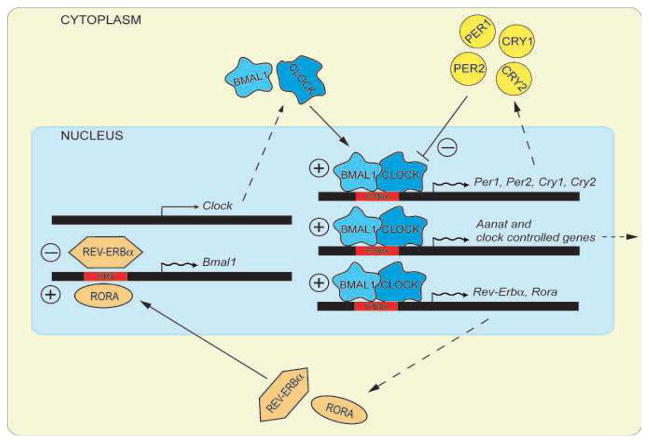Figure 2. The molecular mechanism generating the circadian oscillation is composed of two feedback loops.
In the positive feedback loop the transcription factors Bmal1 and Clock activate the transcription of Period (Per) and Cryptochrome (Cry) genes, as well as that of clock-controlled genes (CCGs). In the cytoplasm, PERIOD and CRYPTOCHROME proteins heterodimerize, enter the nucleus and interact with BMAL1/CLOCK, inhibiting the transactivation of their own promoters (negative feedback). BMAL1 and CLOCK also stimulate the transcription of Rev-Erba and Rora (Adapted from Tosini et al., BioEssays, 2008).

